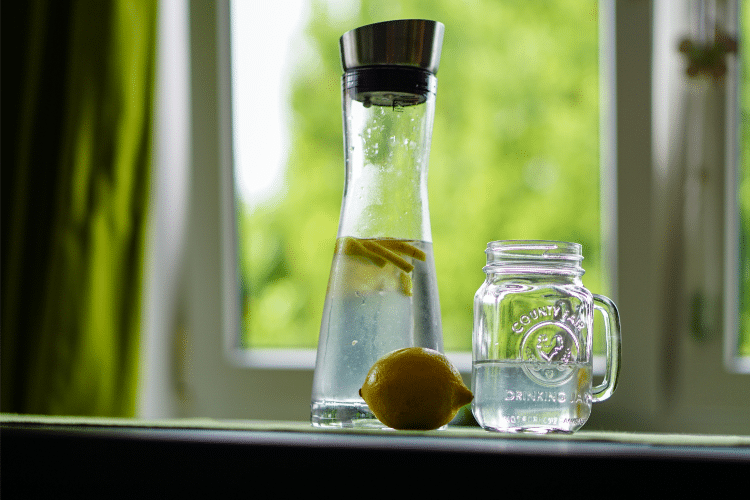
Key Tips to Exercising Better After A Disability When Disabled
Gaining a disability can change someone’s life in ways they may not be able to imagine from the get-go. This can greatly affect the way they used to do things, and adjustments need to be made in order to help people with disabilities gain newfound control of their situation in order to have a better, more fruitful life. If you want to pursue fitness with a disability, are there key tips to exercising better after a disability?
Turns out, there are ways to exercise better despite your condition. Perhaps, it’s important to first establish a mindset that having a disability is not something to be ashamed of. In fact, according to World Health Organization numbers, around 15-percent of the world’s total population actually have some form of disability. As such, there are others like you who are struggling – and may have even found a way to succeed – when it comes to exercising.
Table of Contents
Here are some tips to get you started:
Diet is just as important as fitness
Remember that you can’t rely on a diet nor can you rely on fitness alone if you want to have a better body. If you find yourself with a lot of excess weight, this is probably because you’ve been eating or drinking too much compared to what you need. Try to organize a fitness plan with a diet plan that revolves around food you’re allowed to eat, food that’s healthy, but with a little bit of indulgence on the side. Remember, diet isn’t always about “cutting,” but rather regulation. Start with smaller servings, and then going for restrictions if you’re aiming to cut a particular kind of food for strict health reasons.
Variation helps push the body further
While your disability may limit the kind of movement you do, it doesn’t necessarily mean you’re totally out of ways to workout. Try to research online or ask for the help of your therapist to build variations of your routine based on the kinds of movement you can do. The key here is to try to get a 50-50 balance between strength and cardiovascular exercises if possible, or just solely focus on either one for now before finding ways to train the other.
Consistency is key
Once you’ve found the kind of routine you want to have, try to make sure you schedule your workouts as regularly as possible. Set goals so you have something to work towards, and organize your fitness schedule to revolve around fulfilling these exercise goals. Remember, however, don’t push yourself too hard with your routine. Disability or no, it’s important to always maintain a degree of realism with your fitness. Only do what you can actually really do consistently, and work your way around there. Try to check what routine you should do if you decide to work out once a day or twice a day, and decide how different each routine is if you’ve decided to work on specific body groups on each session.
Assistance isn’t something you should be ashamed of
Sometimes, your disability may require the usage of assistance devices or require the assistance of someone in order for you to fulfill your fitness goals properly. These aren’t hindrances that should stop you, but rather are just challenges or setbacks you can possibly overcome. Services such as disabilityfriendlylv.com may have equipment and mobility aid products that might be able to help you maximize your workout based on your condition.
Don’t forget to consult your doctor
Last and definitely not the least, always remember that before you embark on your fitness journey, always ask for the advice of your doctor and/or your therapist on the kind of workout and diet that works for your condition. This is especially if your disability requires you to drink certain kinds of medicine, as your diet and your medicine may not mix.
Conclusion
Gaining a disability can be an extremely big hurdle in one’s life, especially when you come to terms of having to live with it for the rest of your life. However, this doesn’t mean that you’ll be incapable of doing the things you’ve always wanted, or that it will be a hindrance to maintain good health. If the tips above are any indication, exercising better after a disability is a matter of making sure you find the right routine that can emphasize the key points you want to improve upon while at the same time taking your disability into account. It can be a bit tricky to master at first, but given enough perseverance, you’ll soon find yourself on the path to fitness success in no time.







